Search Images
Browse Content (p. 1510)
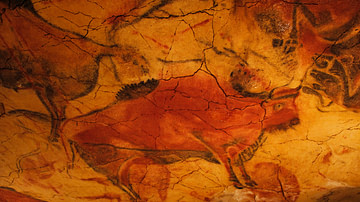
Image
Paleolithic Cave Painting in Altamira Cave
Upper Paleolithic art in Altamira Cave, in Santillana del Mar (Cantabria region), Spain. The paintings in the cave date from the Middle Magdalenian to the Gravettian period.
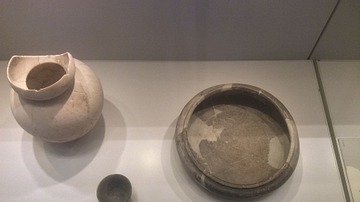
Image
Stone Vessels from Tel Kabri
Some of the stone vessels found at Tel Kabri in 1956. These vessels are from the Wadi Rabah material culture which inhabited Tel Kabri and the surrounding area from 4500–3500 BCE. These objects are now on display in the Israel Museum.
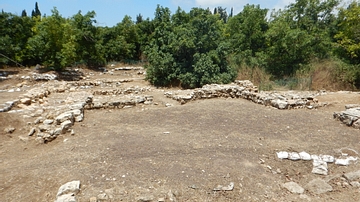
Image
Ceremonial Hall 611, Tel Kabri
The ceremonial hall at Tel Kabri as it appeared in 2015 CE. The hall was constructed c. 1720 BCE as part of the second phase of Tel Kabri's Middle Bronze Age Canaanite palace. It is believed to have served as the focal point of the palace...
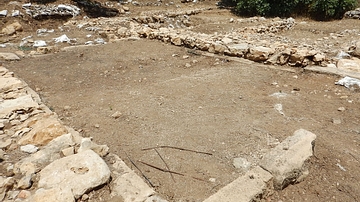
Image
Tel Kabri Orthostat Building
The "Orthostat Building" in Tel Kabri's Area D-West originally discovered in 2011. The Orthostat Building is believed to have been constructed as part of the Middle Bronze Age Canaanite palace at Tel Kabri between 1600 and 1550 BCE during...

Image
Aqueduct of Jezzar Pasha
A portion of an Ottoman-Period Palestinian aqueduct constructed during the reign of Jezzar Pasha, Ottoman ruler of Acre (1775–1804 CE). The aqueduct runs from Tel Kabri to Acre in Northern Israel and functioned all the way up to 1948 CE...
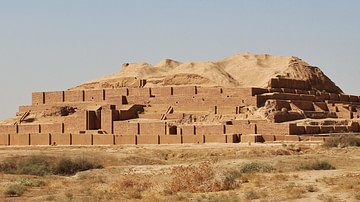
Image
Ziggurat Consecrated to God Inshushinak at Choqa Zanbil
Ziggurat at Chogha Zanbil consecrated to the God Inshushinak. Inshushinak was one of the most important Elamite deities, worshipped in Susa and Khuzestan region during the Middle Elamite Period.
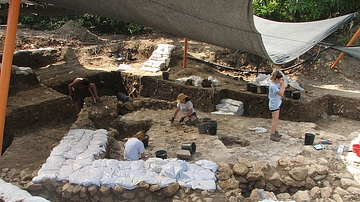
Image
Tel Kabri Area DS-1, 2011
Area DS-1 of Tel Kabri in 2011 as seen from the Mandate Period road.
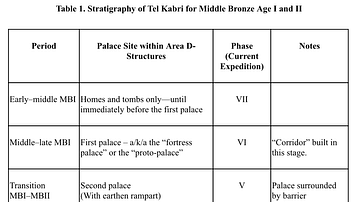
Image
Table of Tel Kabri Stratigraphy
A table of Tel Kabri's stratigraphy for Middle Bronze Age I and II.
Source: Yasur-Landau et al. 2014, 356-364; Kempinski 2002, 4-5 Yasur-Landau et al. 2012, 3.

Image
Cuneiform Tablets in Sumerian
Carved stone cuneiform tablets in Sumerian.
Left: Temple of Ningirsu, Girsu. Right: Temple of Nindara, Ur. Dating around 2141-2122 BCE.
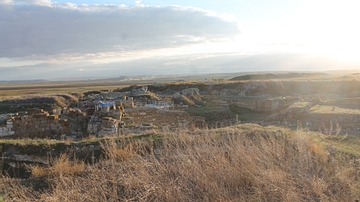
Image
Gordium, capital city of ancient Phrygia
In the ninth century BCE, Gordium became the capital of the Phrygians, a Thracian tribe that had invaded and settled in Asia.